The Buildings
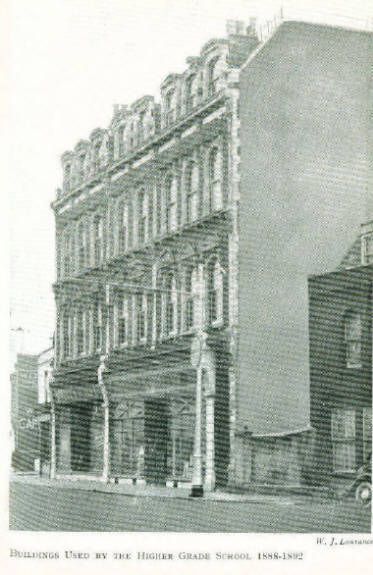
The school started life in 1888 in premises over a shop owned by Alderman W. Pink in the Winchester Buildings at Mile End – rooms that had recently been vacated by a High School run by the Rev. R. Linklater. The rooms were rented at a cost of £100 per annum with alterations costing £30 being necessary. The existing benches, desks and apparatus were taken over “quite cheaply”.
In May 1890 a piece of waste land between Victoria Road and Fawcett Road (known locally as The Wilderness due to its derelict state for many years) was bought for £3,000. Mr C.W.Bevis was appointed architect in 1890 and in February 1891 Messrs Learmouth’s tender of slightly in excess of £9700 was accepted. By May 1892 the builders had finished and the school was opened in June 1892 – albeit with no official opening ceremony because parliamentary elections were in hand at the time and there was concern that this could influence voters.
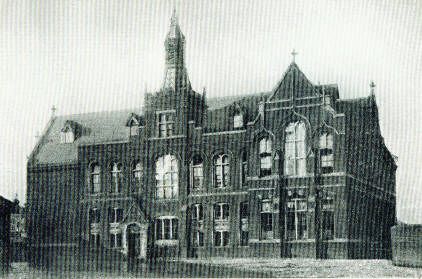
In May 1890 a piece of waste land between Victoria Road and Fawcett Road (known locally as The Wilderness due to its derelict state for many years) was bought for £3,000. Mr C.W.Bevis was appointed architect in 1890 and in February 1891 Messrs Learmouth’s tender of slightly in excess of £9700 was accepted. By May 1892 the builders had finished and the school was opened in June 1892 – albeit with no official opening ceremony because parliamentary elections were in hand at the time and there was concern that this could influence voters.
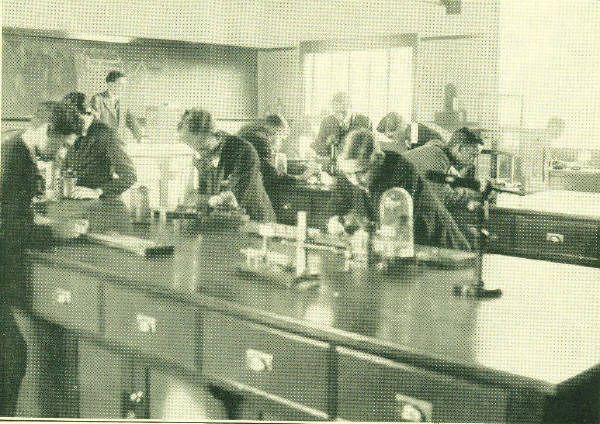
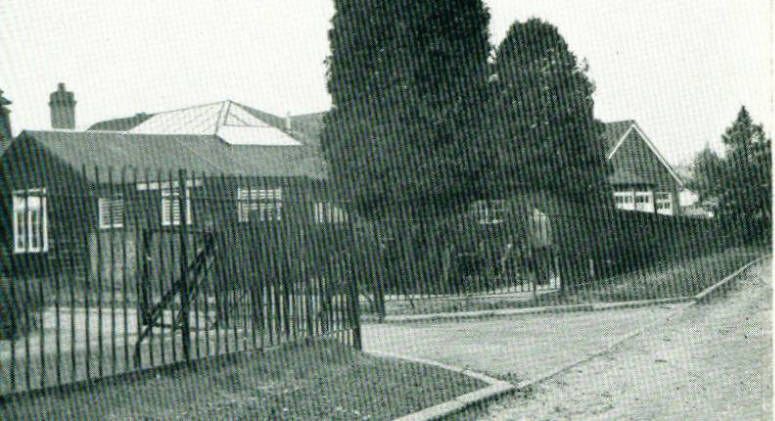
By the time of their return to Portsmouth in January 1945 they found that the Victoria Road building had been set on fire and severely damaged by an air attack in January 1941. Thus, the school returned to a temporary home in Highland Road. Some seventeen schools had been destroyed and the provision of such large accommodation for a Secondary School returning from evacuation must have been a difficult decision. It was, nevertheless, too small for its purpose almost as soon as it took possession as numbers quickly expanded to 500.
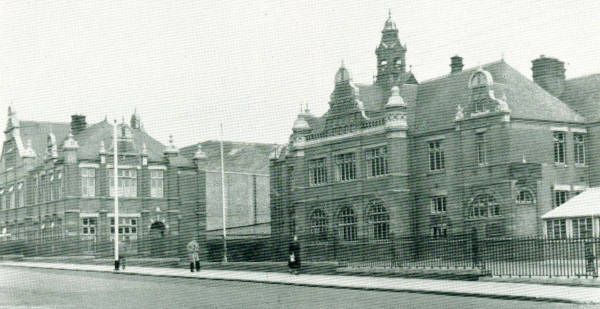
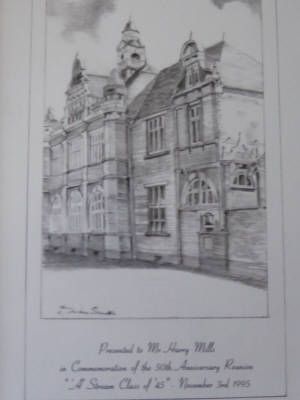
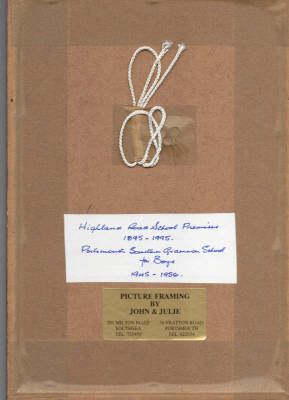
The local authority had never wavered in its resolve to provide a new building at the “earliest possible moment after the war” but the provision of schools in new housing areas, building resources and finding a suitable site post war were all impediments (the Victoria Road site had been 1.15 acres whereas the Ministry of Education now stipulated a minimum of 3.5 acres). But following repeated pressure from Headmaster, Mr Mills, in July 1952 the Minister of Education herself, (Miss Florence Horsburgh), visited the City and included the School in her tour of inspection. Two months later the Education Committee announced that the Ministry had sanctioned the inclusion of the first stages of the new building in the 1953-4 programme at a cost of £114,000 with the balance of the cost, £101,000 being placed on the reserve list. The site on playing fields at Baffins was selected and work on the new school was started by Messrs Hawkins of Gosport in 1954 (a pre condition being that the Farlington Marshes had to be drained to replace the public recreation ground at Baffins).
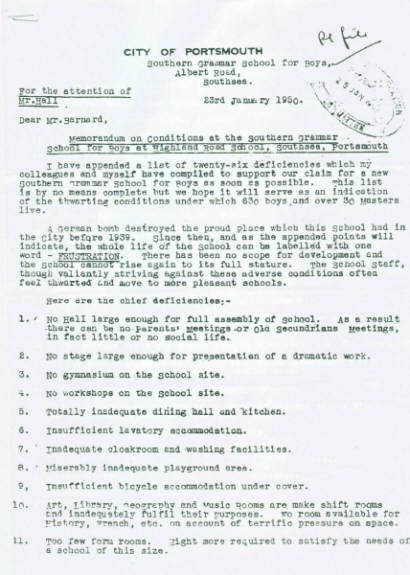
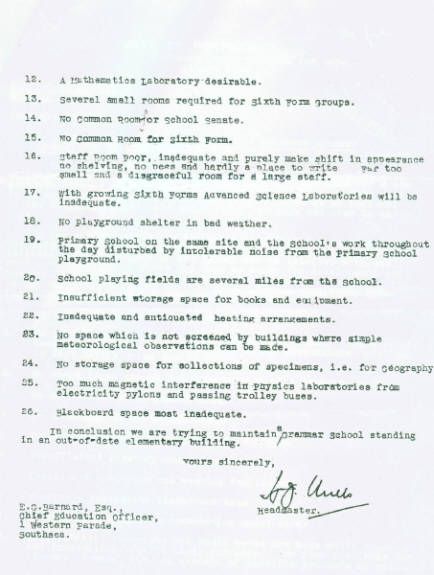
The school, resplendent with its state of the art science laboratories, gymnasium, assembly hall, stage, music rooms, new library and much more was opened by Mr D. Vosper, Parliamentary Secretary to the Minister of Education on June 8 th 1956.
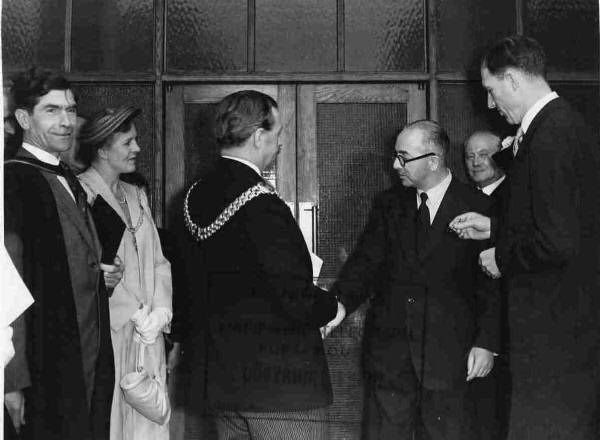
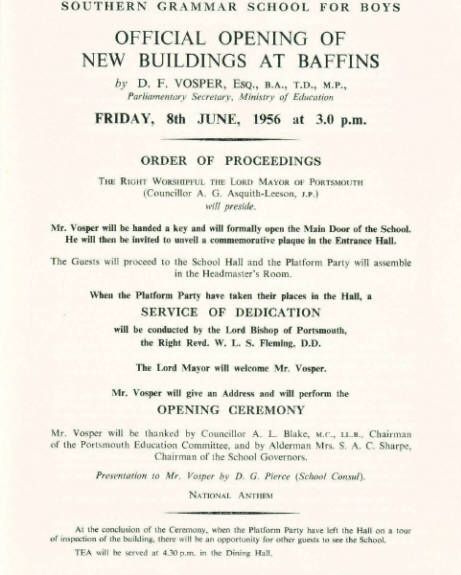
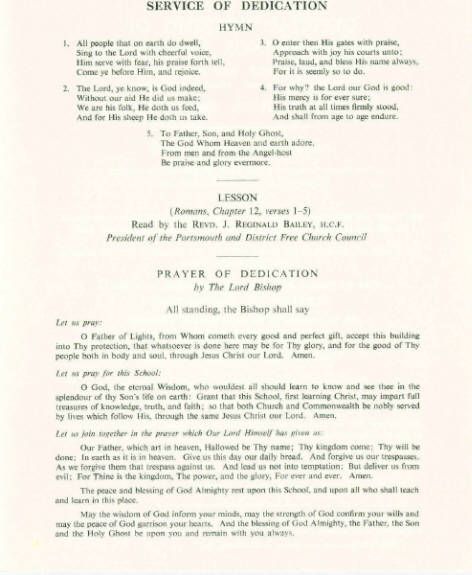
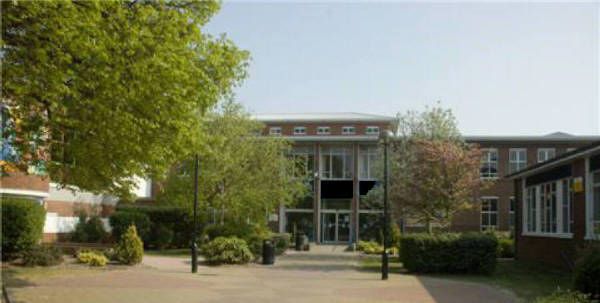
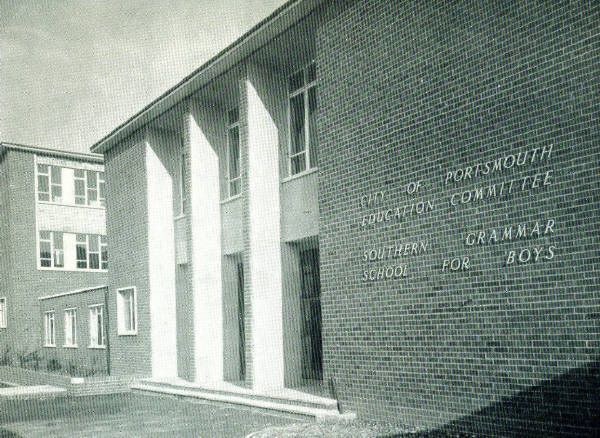
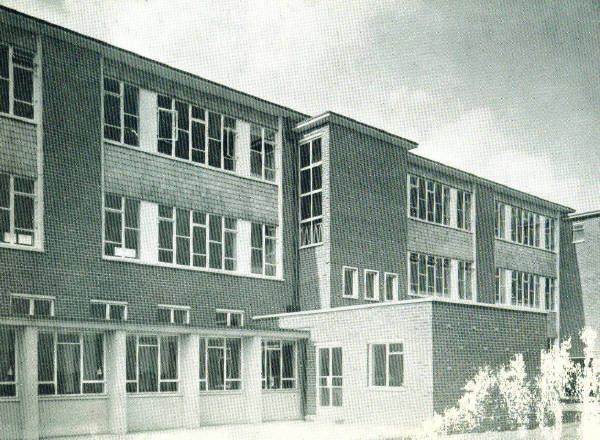
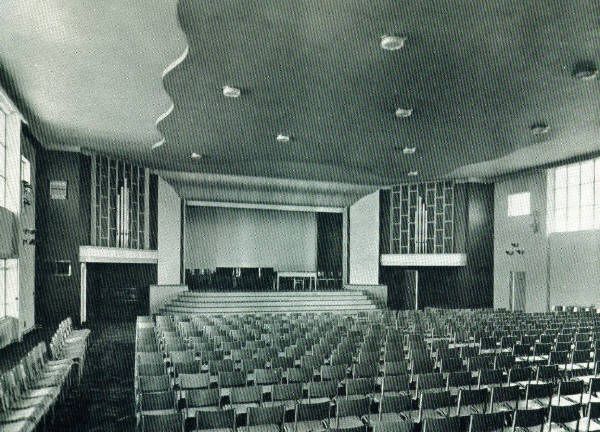
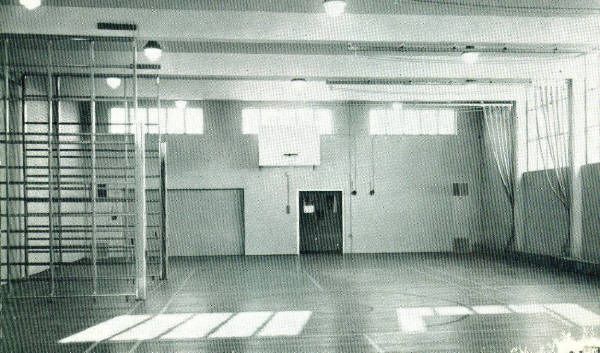
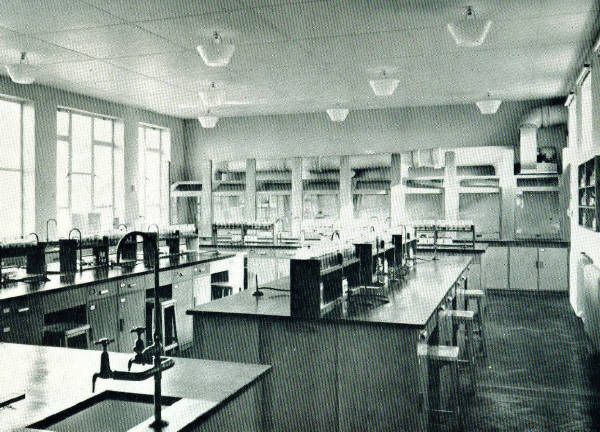
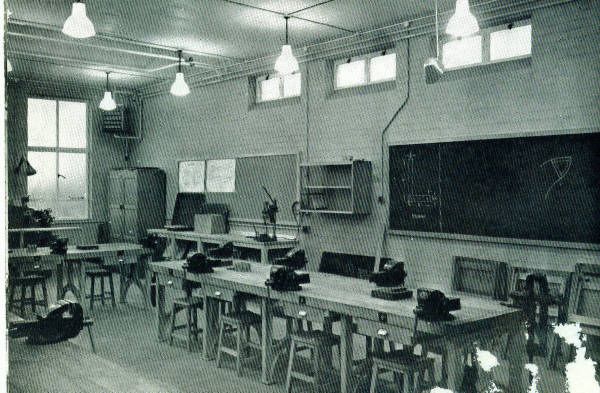
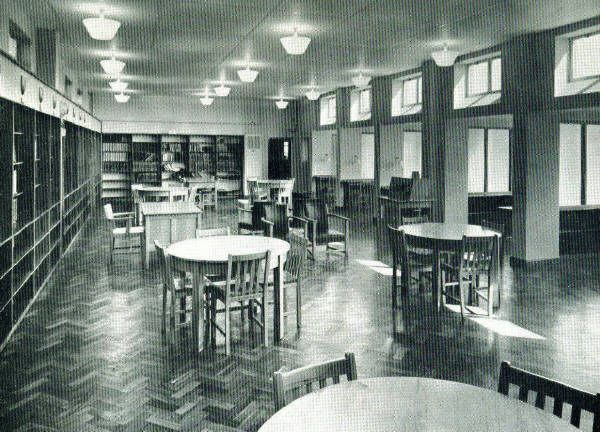
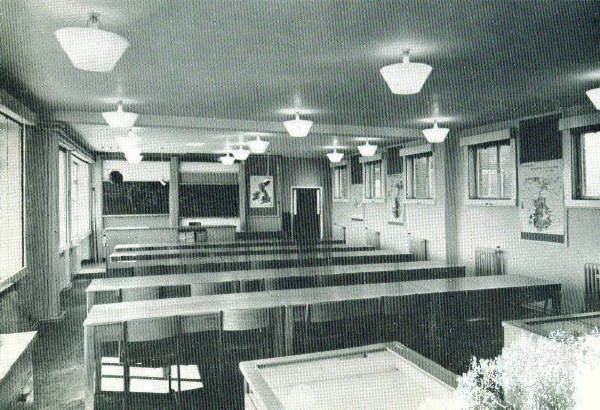
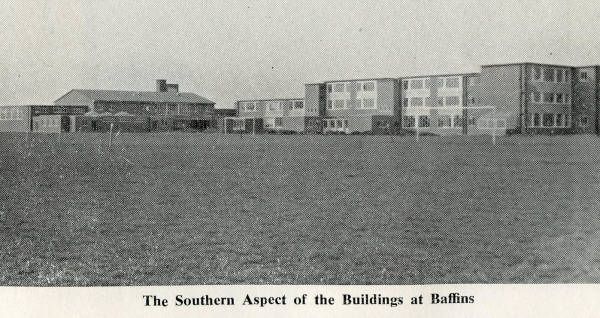
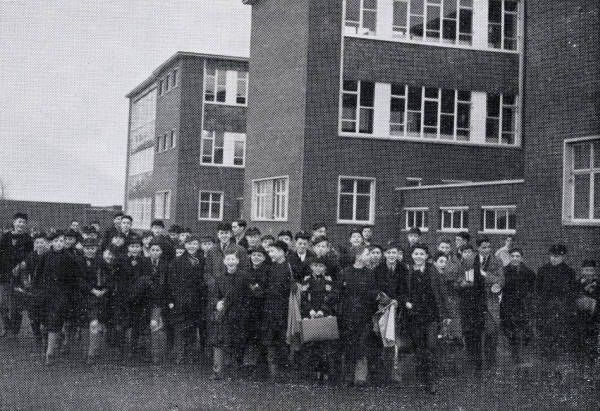
The school remained on the Baffins site until its closure in 1975 when, in line with government reforms, comprehensive schools were introduced and grammar schools were phased out; the building was handed over to Great Salterns Comprehensive School at that time.
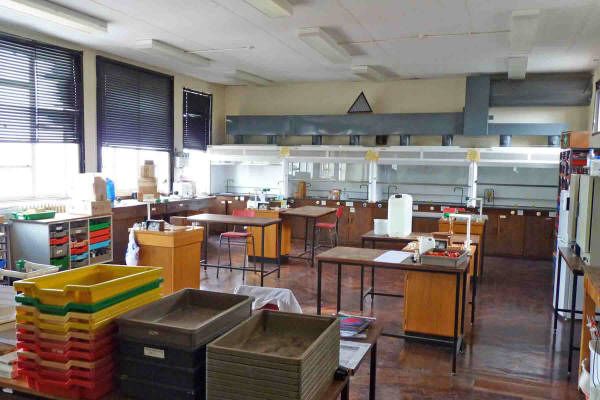

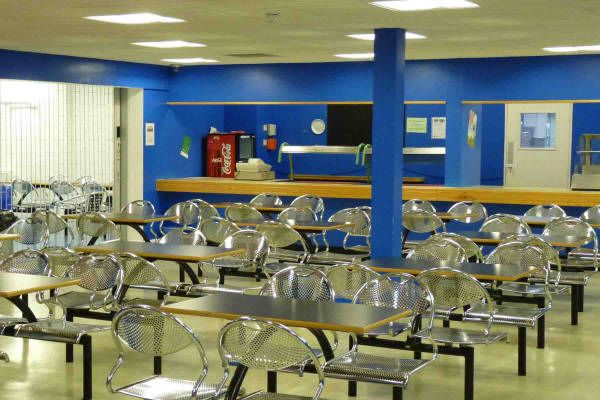
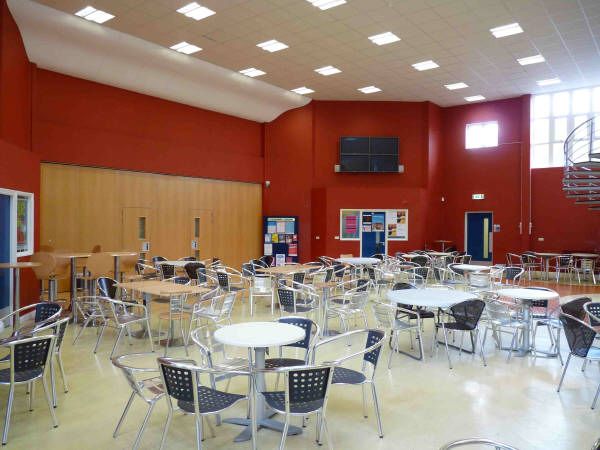
Current halls and rooms at what is now Portsmouth College situated at the old Baffins site. Images taken in 2010 [Ed: not quite like that in my day!! I wonder if they still serve the same kind of custard?]